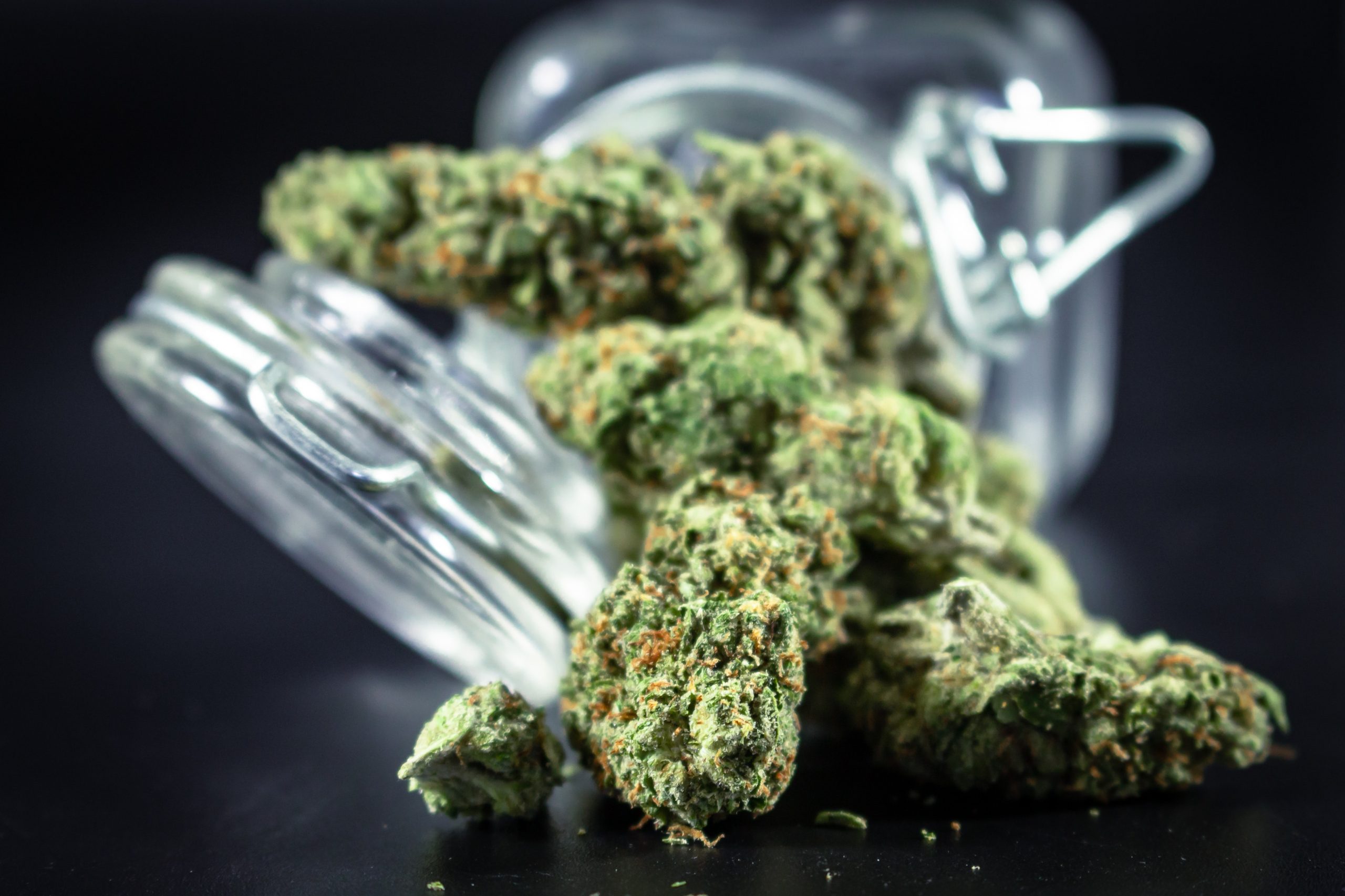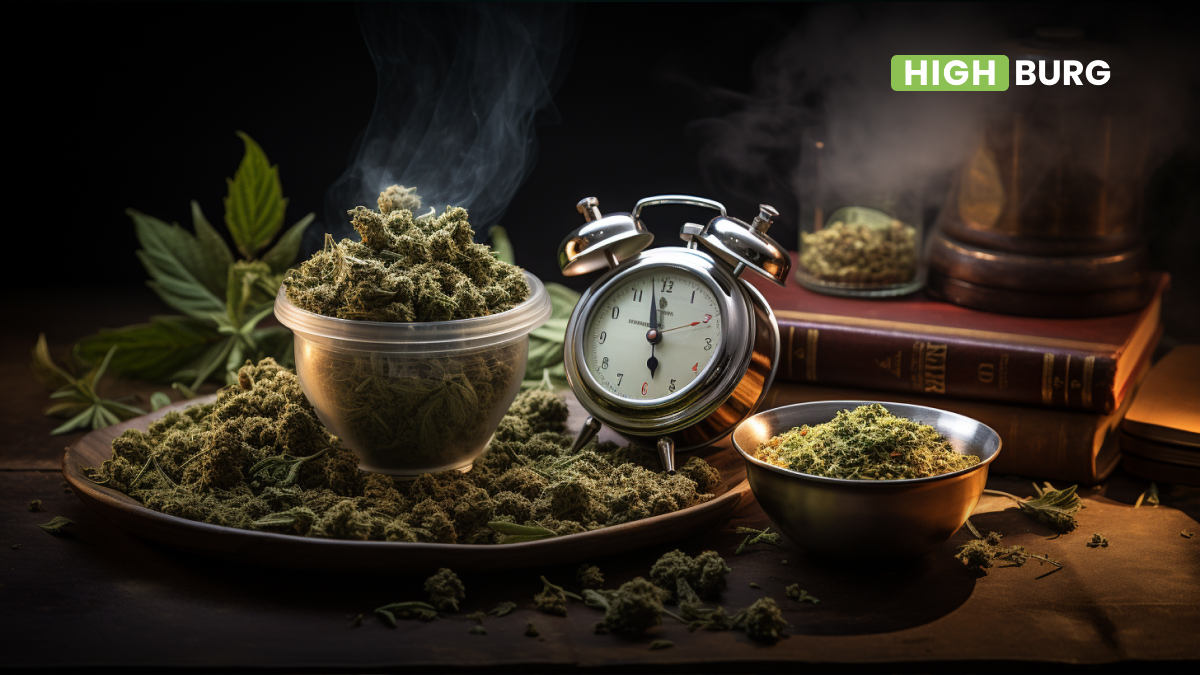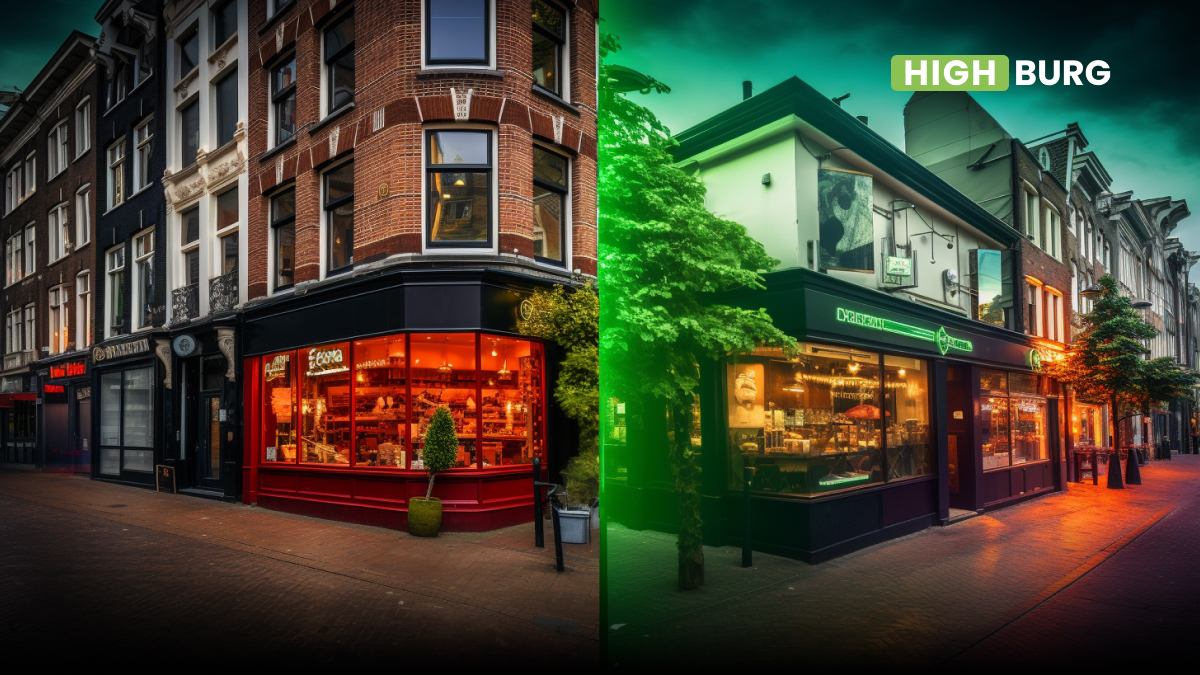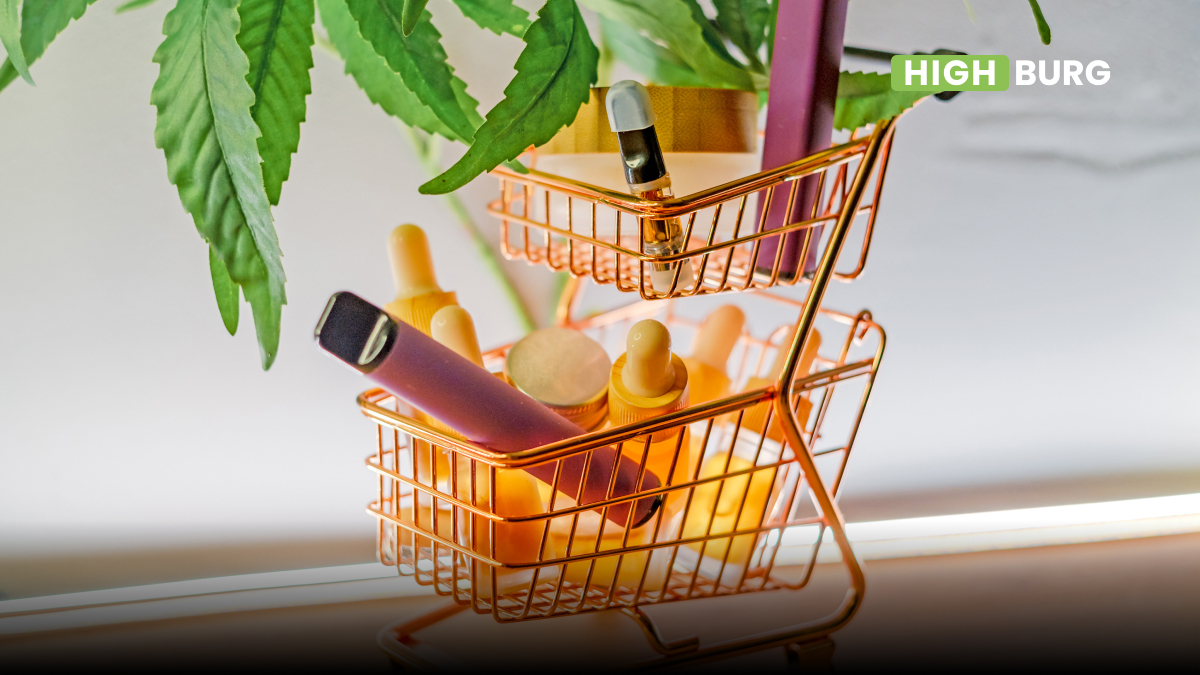What does 710 mean? There are so many different terms and nicknames in the cannabis world that it can be difficult and confusing to figure out what they mean.
In the cannabis industry, 710 refers to a whole bunch of different things, but it most commonly refers to an oil, which is a cannabis concentrate.
What Does 710 Refer To?
The 710 number is a code for cannabis that’s been processed to a point where it has a THC concentration of 70 percent or more. The 710 number is one of many acronyms used by marijuana consumers to indicate the quality of their weed.
710 is also commonly referred to July 10, which is somewhat of a stoner holiday for some people, and if you turn the digits upside down, it will resemble oil.
710 is a slang term that is broadly used in the marijuana community to identify high-quality and premium weed. As mentioned earlier, It’s an acronym for “oil” or “oils,” which are concentrated extracts from the cannabis plant. It’s also known as dabs, wax, budder, and shatter.
The process of making cannabis concentrates involves extracting them from plant matter through different chemical processes with either butane or carbon dioxide.
What Does 420 Mean?
420 is a common term for marijuana, and it’s a number that people in the cannabis community sometimes use to identify themselves. The number itself also refers to 420, which is April 20 at 4:20 pm. On that day and time every year, cannabis advocates and enthusiasts will get together and smoke weed.
The origin of the term 420 can be traced back to a group of San Rafael High School students who called themselves the “Waldos.” They would meet up at 4:20 p.m. after school at a statue of Louis Pasteur, which stood near their school, to smoke pot.
The term quickly spread among high school students in Northern California and eventually made its way across the country as a code word for marijuana. Today, you’ll find people using 420 as an excuse for anything from parties to business meetings or even just hanging out with friends.
Weed enthusiasts have taken this term and turned it into something even more powerful than just an excuse to get high: It’s become an identity marker for those who enjoy cannabis products and use them regularly. And because of its widespread use on social media platforms like Instagram and Twitter, many people are able to connect with other users based on their mutual love of weed-based memes and jokes — something that wouldn’t happen if we didn’t have such easy access to
What Are The Different Types Of Concentrates?
The many varieties of concentrates are produced in different forms:
Shatter
Shatter is made by heating oil until it becomes glass-like and brittle, then breaking it into pieces. The result has a transparent appearance with white streaks throughout it — hence the name shatter. You can use a variety of tools to break off chunks from this concentrate including butane torches, electric nails (E-nails), ice water bongs and even hammering it on hard surfaces like concrete floors!
Wax
Wax refers to sticky waxy substances that contain THC and other cannabinoids. Marijuana wax is a form of concentrated weed that looks like a hard, brown, or yellowish block. It is made by dissolving cannabis in a solvent, such as butane or carbon dioxide. The resulting liquid is then evaporated to remove the solvent and leave behind the resin.
The result is a substance that is much more potent than marijuana buds.
Cannabis wax was first made popular in the 1990s but has become increasingly popular in recent years. It can be consumed using vaporizers or dab rigs (a water pipe used for smoking concentrates). The high from cannabis wax is similar to that of other types of cannabis but stronger and longer-lasting than smoking bud.
Budder Or Badder
The active chemical ingredients in cannabis, known as cannabinoids, are extracted from the plant material using a solvent to create cannabis budder, a form of cannabis concentrate. The end result is that CO2 is purged to eliminate any remaining solvent and produce a butter-like final product.
Cannabis budder is usually made with BHO or butane hash oil, which can contain up to 80 percent THC. Budder usually has a golden to light brown color, but it can also be white or amber depending on how many terpenes were retained during extraction.
The name “budder” comes from the appearance of the final product, which looks similar to peanut butter or dairy butter. BHO extractions are often referred to as “wax” because they have a waxy texture and consistency similar to lip balm or chapstick when they are fresh out of the freezer.
What Does Dabbing Entail?
Now that you know what 710 means, it helps to know how to use cannabis concentrate oils and other concentrates. Concentrates are usually consumed through what is called dabbing.
Cannabis dabs are powerful concentrates that are formed when butane or carbon dioxide is used to extract the oils from marijuana plants.
Cannabis dabs are a concentrated form of marijuana that can be up to 80 percent THC. Dabbing has become increasingly popular in recent years, especially among medical marijuana patients who use it for pain relief, relaxation, and improved sleep quality.
The History of Cannabis Dabs
Dabbing is a relatively new phenomenon in the cannabis industry. The name “dab” comes from the fact that the concentrate is usually smoked on a small piece of glass or metal called a “nail.” Many people use their hands as an alternative method of smoking dabs.
Dabbing is the act of inhaling vaporized cannabis concentrates through a water pipe or “rig.” A rig consists of a nail placed on the side of a glass or titanium bong which has been heated by an electric torch or heating coil. When you place your concentrate on top of this hot nail and inhale, it vaporizes instantly into smokeless vapor for immediate absorption into your lungs.
Cannabis dabs are a potent variation of the weed. Hash oil, a cannabis extract produced by passing butane or carbon dioxide through marijuana leaves and buds, is the main component of this product.
The process strips the plant matter of everything but its essential oils, leaving behind a sticky black substance that looks like tar and has an extremely strong odor. This substance can be dabbed onto a hot surface and inhaled through a glass pipe, which is known as “dabbing” or “hitting” a nail.
People who use cannabis extracts vaporize their concentrates because it’s healthier than smoking. Vaporizing heats up cannabis to temperatures below combustion level, so there’s no smoke to inhale. Instead, you inhale the vapor from the heated plant material in your pipe or vape pen.
The main benefit of dabbing over smoking dried flower buds is that you get much more bang for your buck (so to speak). A single gram of high-quality flower buds can cost as much as $30 or $40, while a gram of high-quality cannabis oil will cost anywhere between $20-$60 depending on where you live and how much THC is present in each drop of oil.
Final Thoughts
Now that you know more about what 710 means, you won’t have a confused look on your face the next time you hear someone else saying it.



